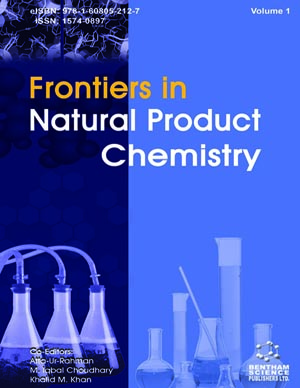Abstract
Natural photoreceptors evoke a biological response on absorption of light signal. A reversible change in the structure of photoreceptors occurs by energy or sensory transduction. Chemically they are conjugated trans-membrane proteins with retinal or tetrapyrrole based chromophores in most of them. Photosynthesis, photomorphogenesis, photoperiodism, vision and phototaxis are various functions of photoreceptors.
Bacteriorhodopsin (bR), from H. salinarium acts as a light driven proton pump for the synthesis of ATP. bR undergoes an interesting reversible photocycle. During the photocycle, retinylidene chromophore undergoes a reversible all-trans-to 13- cis- isomerisation, and proton translocation takes place.Chemical modifications of bR and 3D - structure of bR at 1.5-Angstrom resolution help to know the binding site of chromophore and proton translocation at molecular level. Many colour control mechanisms have been suggested for bR. A large number of bR analogues can be made as follows:
bR + NH2OH.HCl -→ Bacterial opsin (bOP) + Retinal, and bOP + retinal analogue → bR analogue, which can be used to study structure, function and likely applications. bR can act as a bistable photobiological switch with potential applications in optical memory, optical data processing.
Photoactive Yellow Protein (PYP), a cytosolic photoreceptor from E. halophila also undergoes a photocycle and can be put to similar uses. PYP uses p-hydroxy cinnamoyl thioester, a novel chromophore that isomerises with change in conformation of protein during the photocycle, resulting in a signalling state in yet unknown sensory path.
Natural photoreceptors constitute a novel and unique field of natural product chemistry.




















